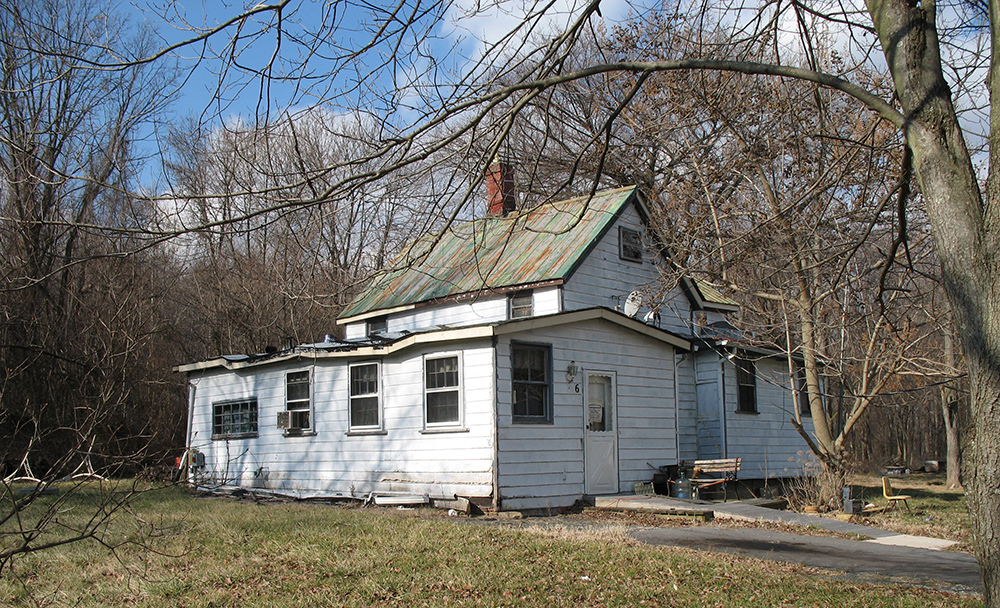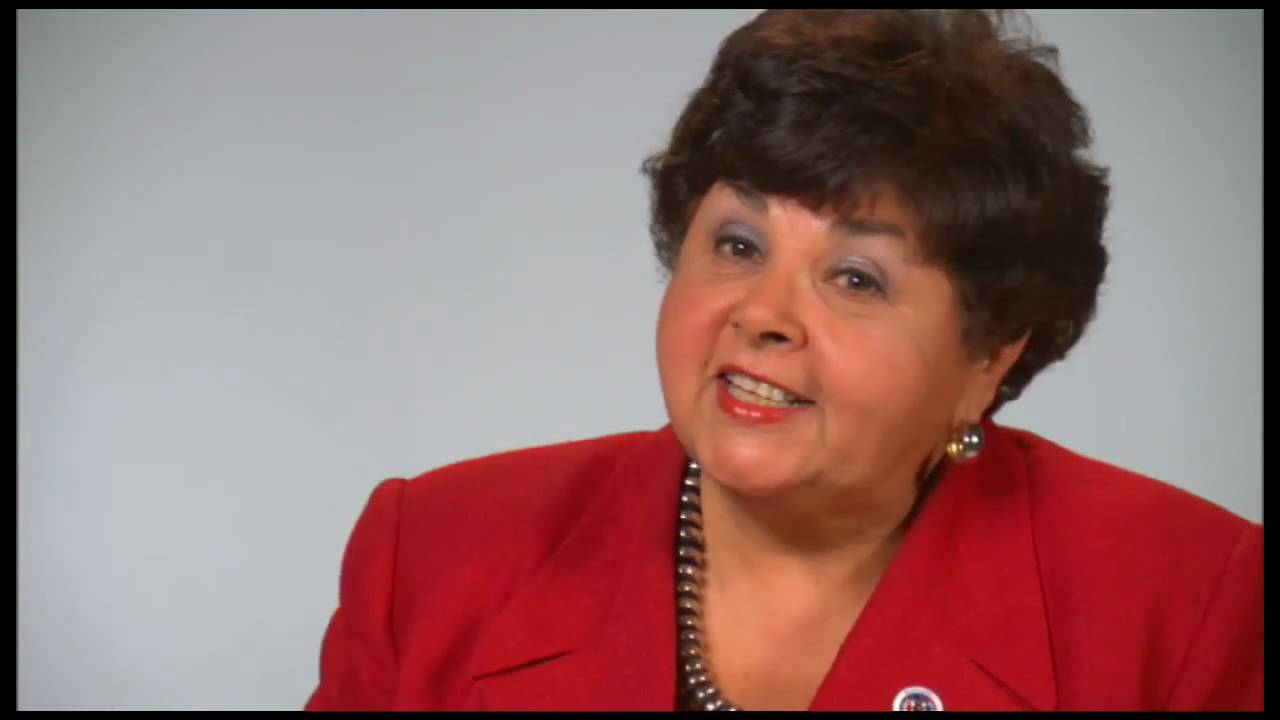By Mina Haq
Capital News Service
Although the Smithsonian’s new National Museum of African American History and Culture opens Saturday in the heart of Washington, the state of Maryland from which D.C. was carved has a strong presence.
From a freed slave house in Montgomery County to photographs of Baltimore’s unrest after Freddie Gray’s death, Maryland’s black experience throughout history is broadly represented. According to the museum’s online collection, Maryland was among the top 15 states with the most artifacts.
Artifacts from Maryland on display include an early 1800s stone slave auction block from Hagerstown, a paper cutter from the Baltimore Afro-American newspaper and a copy of the book “This Child’s Gonna Live” by Maryland-born Sarah E. Wright, who portrayed the lives of a black family set on the Eastern Shore.
Paul Gardullo, a curator at the museum, said it’s crucial to reflect the “deeply important” history of Maryland to African-American life.
“While we are a national museum, our local audiences and local histories are incredibly meaningful to us,” he added.
Freed slave house in Poolesville
Gardullo helped the museum obtain a prominent Maryland artifact: a freed slave house in Poolesville that was slated to be demolished in 2008. Curators have dubbed it “the Freedom House.”
Two brothers, emancipated Montgomery County slaves Richard and Erasmus Jones, built the house after the Civil War. Soon, 15 houses neighbored it, and it became the Jonesville Community. The area continued to house descendants of the Jones family — through birth and marriage — for almost 150 years, according to the Maryland State Archives.
The house was one of the last Jonesville Community homes standing, a relic of an era characterized by slavery, segregation and rebirth. The building’s last owner was a Jones family descendant who died in 2007, leaving it vacant, said Scott Whipple, supervisor of the Montgomery County historic preservation unit at the county’s planning department.
So when a couple wanted to demolish the house and build another in 2008, Whipple called up his old college friend Gardullo and asked for his help.
Gardullo “basically dropped the phone and ran to one of his bosses, and said ‘We’re going to try to get the house,’” Whipple said.
The two-story house stood in contrast to the smaller slave cabins enslaved African-Americans lived in before emancipation, Gardullo said.
“The story that this home tells of rising from the ground two stories high is a tangible symbol and metaphor for this period of newfound freedom,” he added. “But it also is a symbol of the limitations put upon African Americans during this same period.”
Jonesville is one of about 40 “kinship communities” across the county, Whipple said, and many of the original houses aren’t around anymore.
“It just shows what people can do for themselves when their conditions change,” Whipple said. “This happened in other parts of the country, but the story that the museum is using to tell this chapter of our history is a Montgomery County story.” (Article continues below the interactive graphic.)
Collecting the aftermath of Freddie Gray
History is always being made.
In April 2015, Freddie Gray died from neck injuries he suffered while in Baltimore police custody.
In the aftermath of Gray’s death, the city’s peaceful protests turned into riots that reverberated far beyond Maryland. Tensions between Baltimore’s black community and police reached a boiling point.
Weeks later, museum researcher Tulani Salahu-Din and curator Aaron Bryant went to collect artifacts in the city. They walked along North Avenue and saw the results of the city’s worst wave of violence since 1968: the CVS gutted by fire, merchants and shopkeepers whose stores had been looted and more.
An ATM machine outside of a store was completely torn off the wall, with a protest message spray painted across: “Freddie Gray” was all it said.
“We wanted to collected a range of items, we wanted to collect items that reflected the riots, the destruction, the cleanup effort, the artistic response to this unrest,” Salahu-Din said, “and we wanted to collect from a range of people.”
A photograph from Baltimore-based photographer Devin Allen is featured as a media presentation in the museum, Bryant said. It shows a young girl holding a Black Lives Matter sign during a Baltimore City Hall rally.
Salahu-Din said it was hard to say when the other artifacts from the 2015 Baltimore unrest will be in the museum, as they were collected after exhibition artifacts were approved. Studio A Modeling Etiquette and Dance Academy in Baltimore County donated hoodie costumes — a symbol of social justice, Salahu-Din said, since Trayvon Martin was shot and killed in 2012 while wearing one — from a production called “Black is Beautiful.”
Newborn Church in West Baltimore donated brooms and rakes used during cleanup after the riots, which Salahu-Din said she and Bryant emphasized collecting.
“We want to present a full picture of what took place,” she said. “There was destruction but there were also people coming together to clean up their communities.”
Affording to be reminded of the truth
Maryland state archivist Ryan Cox called the museum a celebration of African-American people’s accomplishments in a country that “could afford to be reminded of that truth.”
“Historians will be asking themselves in the future in regards to this time period … ‘Why does 2015 look and sound like 1965, which sounded a lot like 1895, which echoed a lot of the concerns that were addressed in 1865?’” Cox said in an email.
Maryland’s artifacts tell different stories from different eras, but Salahu-Din said the displays all have a universal theme.
“It’s about people having freedom,” she said. “Freedom to live, to be without the threat of violence lurking.”
“It was critical for us as a museum — who have documented the history of violence against African-Americans since slavery — that we continue to document that aspect of American life,” she added.






Honoring a drug dealer who poisons his community… Sheesh !
Try honoring Water E Williams, Thomas Sowell, Shelby Steele, Sheriff Joe Clark, and Justice Clarence Thomas, George Washington Carver, Booker T. Washington, Benjamin Banneker, etc. instead…